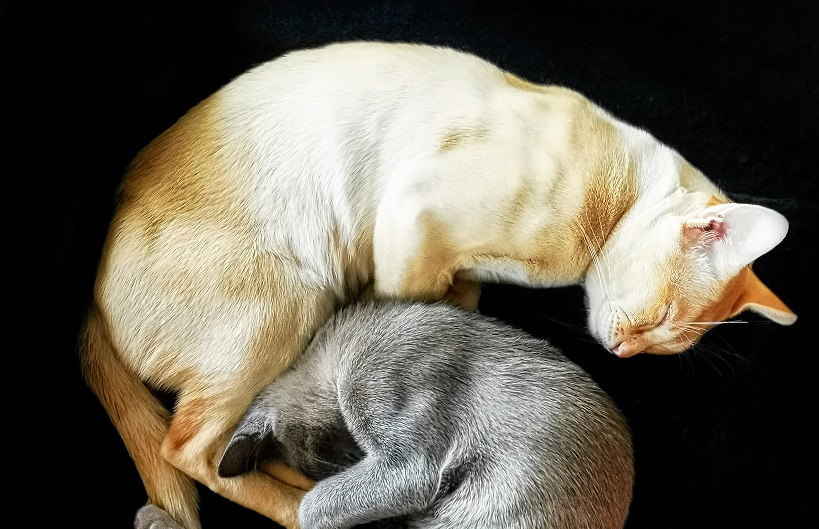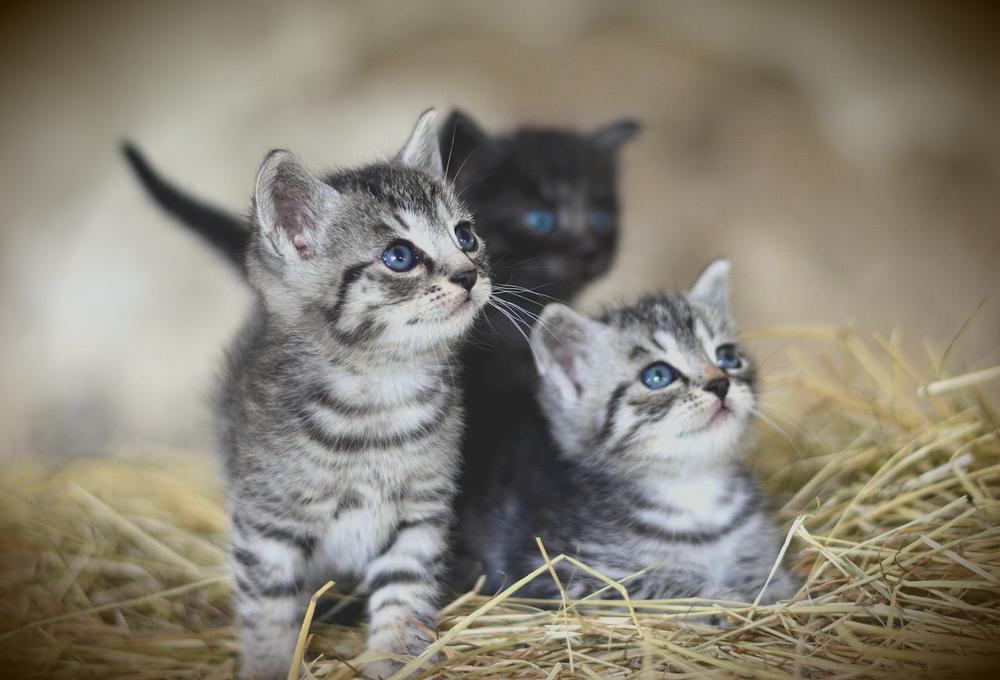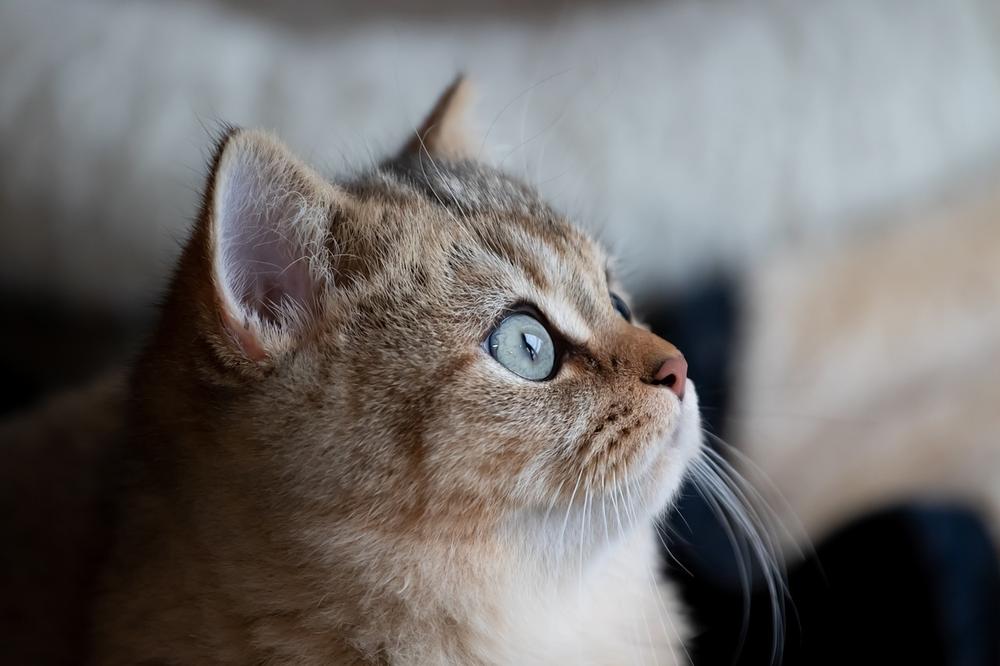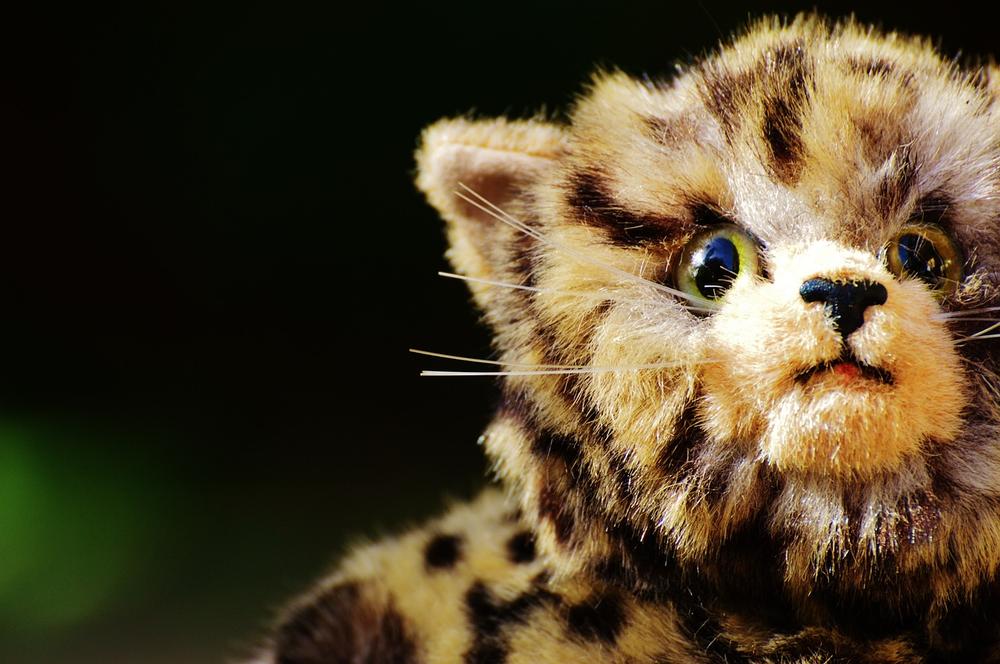Why Does My Cat Have A Saggy Belly After Being Spayed?

Does your spayed cat suddenly sport a saggy belly that resembles yesterday's deflated balloon?
You stare at your feline friend, concern flooding your thoughts.
"What happened to her sleek figure?" you wonder, mind racing with worries.
But hey, don't fret just yet! 😮
Let's dive into the fascinating world of post-surgery kitty bellies and uncover the truth together.
Buckle up, feline enthusiasts, because we're about to embark on a knowledge-filled adventure!
Let's find out why your furry companion's belly has softened up post-spaying.
Let's begin.
Do Spayed Cats Get a Saggy Belly?
Let me tell you one thing straight up—spayed cats do not get saggy bellies. It's a common myth that's been floating around, but I'm here to set the record straight.
Here’s the deal:
Whether or not a cat gets a saggy belly has more to do with genetics and body structure.
Some cats are just born with looser skin or a belly pouch, and that's completely normal.
When a cat is spayed, there's a chance they might develop sagging skin flaps and that hanging belly look. But guess what?
It's all part of the skin's elasticity.
In fact, the spaying procedure itself doesn't cause saggy bellies.
The saggy appearance is due to the natural stretching of the skin flaps.

It's not because your kitty had kittens in the past.
So don't go assuming things about your feline friend based on their belly.
Now, I know it may seem weird to see your cat with a saggy belly, especially if it wasn't like that before.
But trust me, it's totally normal. In most cases, it's nothing to worry about.
So relax, grab your cat for some belly rubs, and give them all the love they deserve.
No judgment here, saggy belly or not!
In conclusion, while a spayed cat's belly may seem saggy, it's actually a result of natural skin elasticity.
However, if you're interested in learning more about what to expect and how to help a cat giving birth for the first time, I highly recommend checking out my article Cat Giving Birth for the First Time.
It's a comprehensive guide that will provide you with all the information and guidance you need.
Feel free to explore the fascinating world of feline parenthood and prepare yourself for an incredible journey!
Telling the Difference Between a Primordial Pouch and an Overweight Cat
- The primordial pouch hangs down between a cat's hind legs, extending beyond its abdomen.
- It acts as a multi-purpose body part, protecting organs and boosting flexibility for activities like hunting and play.
- This nifty pouch also stores extra fat in case food becomes scarce for your feline friend.
- About 25% of cats fall into the overweight or obese category - not good!
- Obesity brings health issues such as diabetes, joint problems, and tiredness. 😺
- To assess your cat's weight and condition, take a peek at their primordial pouch from above.
- Look for visible ribs and a discernible waistline.
- Run your hand over their shape and feel whether their ribs can be detected beneath their skin.
- Oh, don't forget to hop on that scale with them for accurate measurements.
- Just remember, it's best to leave the primordial pouch intact since it serves vital roles in your kitty's anatomy.
- In lady-cats who have been spayed, the saggy belly is often due to this loose flap of skin called the primordial pouch.
- The primordial pouch itself consists of a combination of fur, fat, and skin.
Now you've got the know-how to differentiate between a primordial pouch and an overweight cat.

Make sure to keep an eye on your cat's all in all well-being and help them stay fit and contented!
But what if you notice more than just a saggy belly on your spayed cat?
Well, let me tell you, it might not be as simple as the primordial pouch!
Causes of Cat Spay Incision Lumps
Here are the possible causes of cat spay incision lumps:
- Postoperative fluid accumulation.
- Temporary lumps that usually resolve on their own.
- Enlarged abdomen indicating illness (seek veterinary attention).
- Development of post-neuter/spay fat pads near incision site (not a cause for concern).
- Asymmetry in eyes (monitor for signs of illness).
- Redness in eyes (monitor for signs of illness).
- Swelling in eyes (monitor for signs of illness).
- Discharge in eyes (monitor for signs of illness).
- Possible indicator of feline upper respiratory infection.
- Keep an eye out for any changes in your cat's behavior or appearance.
- Observe the incision site for any signs of infection.
- Provide a quiet and comfortable recovery space for your cat.
- Follow post-surgery care instructions from your veterinarian.
- Contact your vet if you have any concerns or questions.
Learn more: If you're curious about whether a nursing cat can get pregnant while still caring for her kittens, I advise you to check out Can a Nursing Cat Get Pregnant. It's a helpful resource that answers this question and provides valuable insights.
But what about when your spayed cat has a saggy belly?
It's not just about the surgery, there are other factors at play too.
As you'll see in the next section, as cats age, their skin loses its tautness, and that can lead to a saggy appearance in the belly area.
But here's the interesting part – their belly pouch may expand even further due to accumulating fat!
Let me tell you more about it...
Effect of Aging on a Spayed Cat's Belly
Cats' skin loosens as they age, making their bellies saggy. In due course, this saggy belly may expand with extra fat accumulation.
You might notice this change in appearance as your cat gets older. Don't worry, though — it's just a natural part of the aging process for cats!
Keep an eye on your feline friend's weight to ensure they stay healthy and happy. A little extra fluff can still be adorable!
How to Help Your Spayed Cat Maintain a Healthy Belly
Here's a rundown on how to help your spayed cat stay in shape:
- Get your kitty moving by playing with her.
- Use toys that keep her engaged and active.
- Don't overfeed her or give her too much food at once.
- Make sure she gets a well-rounded diet made for spayed cats.
- Keep an eye on her weight, check it regularly.
- Talk to your vet about what diet suits her best.
- Go easy on the high-calorie treats, don't give her too many.
- Offer low-cal snacks as rewards once in a while.
- Give her interactive feeding toys to keep her sharp.
- Watch out for any changes in her weight.
If you stick to these tips, you'll keep your little girl healthy and happy.

Taking preventive measures is crucial for keeping your furball free from weight problems.
Maintaining a Healthy Belly for Your Spayed Cat
Summary/Takeaway Section:
- Spaying does not cause saggy bellies in cats.
- The saggy appearance after being spayed is normal due to the skin's elasticity.
- The saggy belly can be enhanced by elongated skin flaps.
- A saggy belly does not mean that the cat recently had kittens.
- The primordial pouch serves multiple purposes, including protecting internal organs and aiding in flexibility and agility.
- The pouch also stores extra fat for times of scarcity.
- Approximately 25% of cats are classified as overweight or obese.
- Cat obesity can lead to health problems such as diabetes, joint issues, and fatigue.
- The primordial pouch cannot be removed, but fat patches on an overweight cat's abdomen can be addressed.
- Assessing a cat's weight and body condition can be done through visual observation and physical examinations.
- An enlarged abdomen can indicate illness and should be checked by a vet.
- The saggy belly in spayed cats is often attributed to the primordial pouch.
- As cats age, their belly pouch may expand as they accumulate additional fat.
- Regular vet checks are crucial for monitoring cat's weight and overall health.
And that wraps up today's article.
If you wish to read more of my useful articles, I recommend you check out some of these: Can a Cat Get Pregnant When Not in Heat, My Cat Is Not Eating Force Feeding Your Cat, Can You Travel With a Pregnant Cat, Do Cats Shed More When Stressed Scared, and Do Pregnant Cats Sleep a Lot
Talk soon,
-Sarah Davis